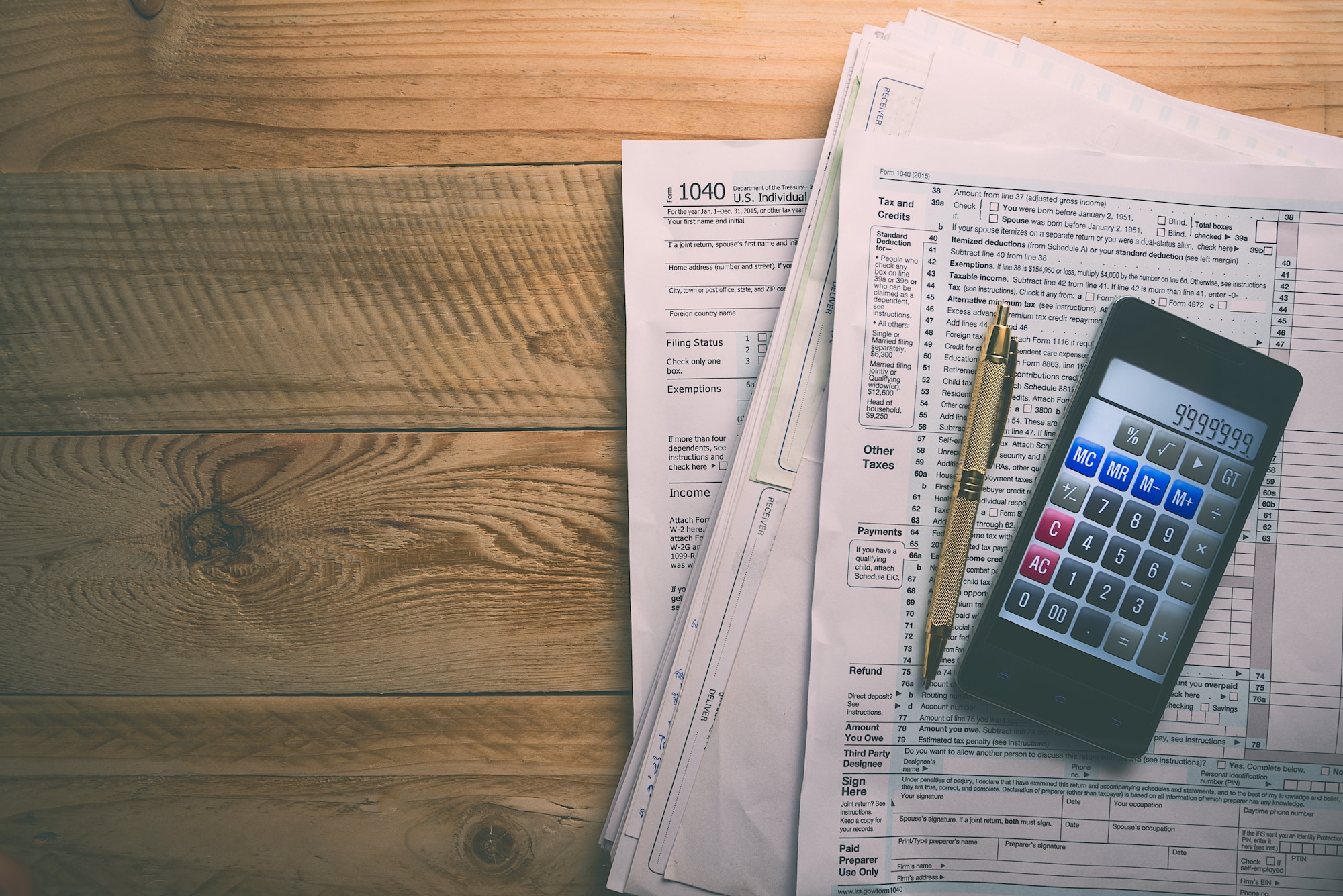As a self-employed business owner, you need to plan your own retirement. When the time comes to take accumulated profits out of your company, should you pay yourself dividends, contribute to your registered retirement savings plan, or both? Find out what you need to consider so you can make an informed decision.

If You’re Self-Employed, Should You Contribute to an RRSP or Take Dividends?
Tax Advantages of RRSPs
In the Canadian tax system, RRSPs are the premium retirement savings mechanism. Contributing to your RRSP lets you defer taxation on your current income until you retire, allowing you to earn investment income on your contributions tax-free. Since you are likely to pay taxes at a lower rate when you are retired than you do now, the tax deferral can actually be a tax savings.
How to Calculate Your RRSP Contribution Limit
Each year, the government sets a limit on how much you can contribute tax-free to your RRSP. To calculate your contribution limit for a given tax year without an RRSP contribution calculator, complete the following steps:
- Confirm that the current RRSP contribution deadline has not passed. For the 2023 tax year, the deadline is March 1, 2024.
- List your total earned income for the year.
- Multiply your total earned income by 18% (or 0.18).
Your total contribution is allowed to be either the value calculated in step 3 or $29,210, whichever one is lower. For example, imagine that your total earned income in 2021 was $165,000. To calculate your RRSP contribution, multiply $165,000 by 0.18 to get $29,700. Since this is higher than the $29,210 2023 RRSP contribution limit, you can only contribute $29,210 tax-free.
Payment of Dividends
Contrast this with the payment of dividends. Dividends are not eligible income to create RRSP contribution room, so you will not benefit from a deduction. However, the marginal tax rate that you pay on dividends, depending on your province of residence, will be somewhere between 30% and 40%. If you reinvest the funds from your dividends, they may be taxable, unless you use another deferral mechanism such as a tax-free savings account.
Optimal Strategies
The real question is whether it is worthwhile to pay slightly more taxes now to benefit from a tax deferral on investment income. The answer is different for everyone, but a mix of dividends and salary is almost always the answer. When deciding, take the following elements into consideration:
- What is your province of residence, and what are the actual rates that apply to you?
- Do you have unused RRSP contribution room? Do you need to create more?
- How much time do you have before you retire?
If you have unused RRSP contribution room, then you are more likely to favour dividends – at least in the short term – to benefit from lower tax rates while still being able to make RRSP contributions. If you are younger, RRSP contributions become more advantageous, because they can grow tax-free for a longer period of time.
There are many variables in play, and there is no single answer that is applicable for every self-employed business owner. You should carefully analyze your specific circumstances, and consider consulting a tax advisor to determine your best course of action.
If you need help with financial management, online accounting software can help. 5.6 million customers use QuickBooks. Join them today to help your business thrive for free.


